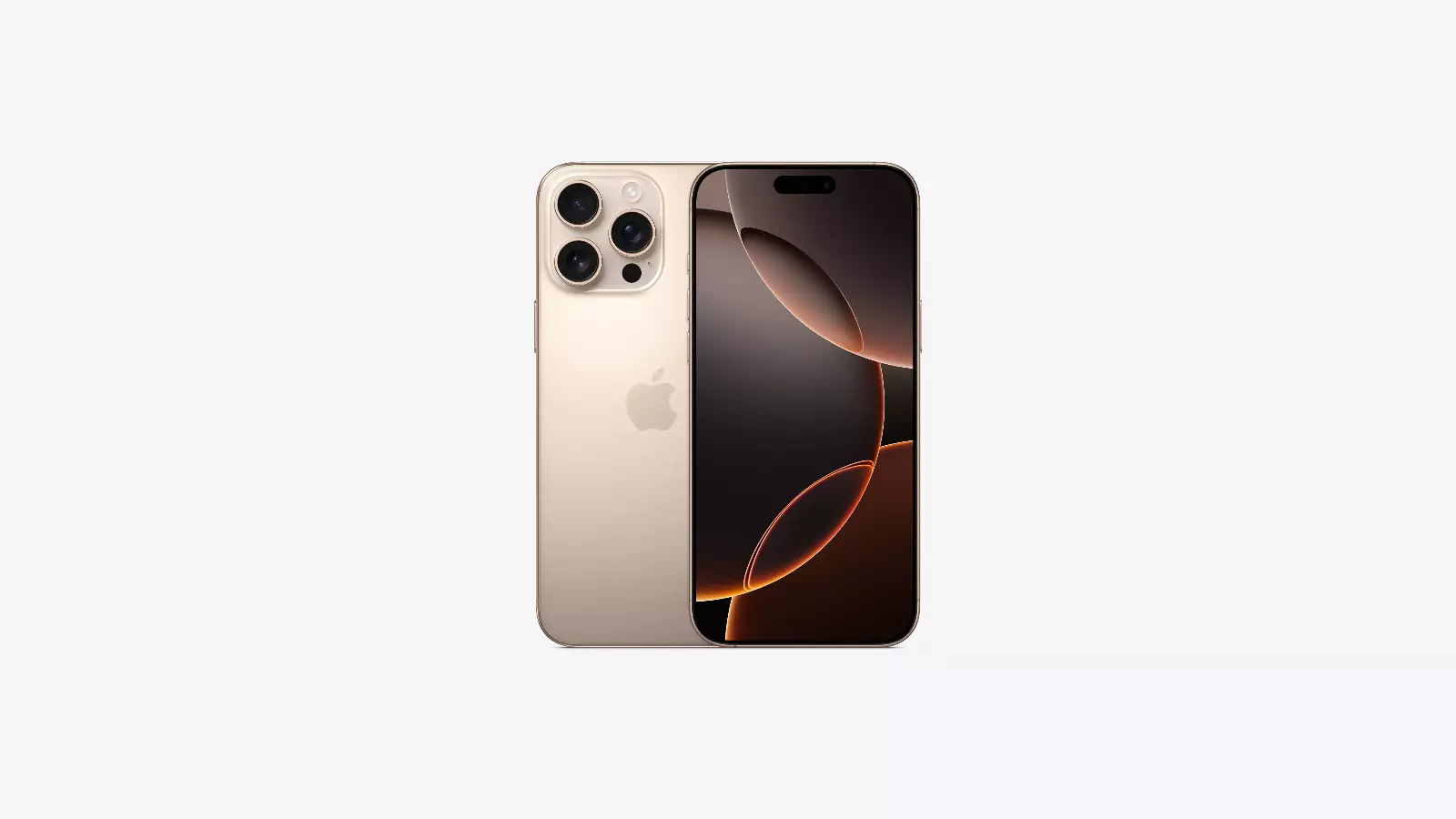Since the introduction of the original iPhone in 2007, Apple has released numerous models that have shaped the smartphone industry. As of the end of 2024, Apple has launched 46 distinct iPhone models. This number includes various generations, from the groundbreaking first iPhone to the latest iPhone 16 series.
Each new iPhone iteration has brought improvements in technology, design, and functionality. Apple’s consistent innovation has kept the iPhone at the forefront of the smartphone market. The company typically releases new models annually, with some years seeing multiple versions to cater to different user needs and preferences.
The iPhone lineup has expanded to include various sizes and price points. From the compact iPhone SE to the premium Pro Max models, Apple offers options for diverse consumer requirements. This strategy has helped maintain the iPhone’s popularity and market share in the competitive smartphone landscape.
Every iPhone Model By Year
Since 2007, there have been a total of forty-six (46) iterations and variations of the iPhone. Apple has released at least one new iPhone every year for the past 18 years, with some years featuring as many as five different models. Below is a yearly breakdown of the iPhone models released, which collectively add up to 46 total iPhones.
| Year | Model(s) | Variations | Notes |
|---|---|---|---|
| 2007 | iPhone (2G) | 1 | Original iPhone |
| 2008 | iPhone 3G | 1 | Added 3G connectivity, App Store |
| 2009 | iPhone 3GS | 1 | “S” for Speed, improved performance, camera, voice control |
| 2010 | iPhone 4 | 1 | Redesigned design |
| 2011 | iPhone 4S | 1 | Siri introduced |
| 2012 | iPhone 5 | 1 | Larger screen |
| 2013 | iPhone 5S, iPhone 5C | 2 | 5C was a more budget-oriented model |
| 2014 | iPhone 6, iPhone 6 Plus | 2 | First “Plus” sized model |
| 2015 | iPhone 6S, iPhone 6S Plus | 2 | |
| 2016 | iPhone SE (1st generation), iPhone 7, iPhone 7 Plus | 3 | SE was a smaller, more affordable option |
| 2017 | iPhone 8, iPhone 8 Plus, iPhone X | 3 | iPhone X was a special, higher-end model |
| 2018 | iPhone XS, iPhone XS Max, iPhone XR | 3 | XR was a more affordable version of the X-generation design |
| 2019 | iPhone 11, iPhone 11 Pro, iPhone 11 Pro Max | 3 | Introduction of the “Pro” branding |
| 2020 | iPhone SE (2nd generation), iPhone 12, iPhone 12 Mini, iPhone 12 Pro, iPhone 12 Pro Max | 5 | Introduction of the “Mini” model |
| 2021 | iPhone 13, iPhone 13 Mini, iPhone 13 Pro, iPhone 13 Pro Max | 4 | |
| 2022 | iPhone SE (3rd generation), iPhone 14, iPhone 14 Plus, iPhone 14 Pro, iPhone 14 Pro Max | 5 | “Plus” returned, replacing the “Mini” |
| 2023 | iPhone 15, iPhone 15 Plus, iPhone 15 Pro, iPhone 15 Pro Max | 4 | |
| 2024 | iPhone 16, iPhone 16 Plus, iPhone 16 Pro, iPhone 16 Pro Max | 4 | Designed For Apple Intelligence |
When you add up all the iPhone Variations you get a total of 46 total iPhone models.
Key Takeaways
- Apple has released 46 iPhone models since 2007
- New iPhone versions are typically launched annually with ongoing technological improvements
- The iPhone range includes various sizes and price points to suit different user needs
Evolution of iPhone Models
Apple’s iPhone has undergone significant changes since its 2007 debut. Each new model has brought improvements in design, performance, and features.
The Early Generations
The original iPhone launched with a 3.5-inch display, 2-megapixel camera, and 4GB or 8GB storage. It lacked 3G connectivity and the App Store.
The iPhone 3G added 3G support and GPS in 2008. The 3GS in 2009 improved speed and added video recording.
2010’s iPhone 4 introduced the Retina display and FaceTime. The 4S in 2011 brought Siri and an 8MP camera.
The iPhone 5 in 2012 expanded to a 4-inch screen and added 4G LTE. 2013 saw the colorful 5C and the 5S with Touch ID.
Development of Form Factor and Technology
In 2014, Apple increased screen sizes with the 4.7-inch iPhone 6 and 5.5-inch 6 Plus. These models added NFC for Apple Pay.
The 6S and 6S Plus in 2015 introduced 3D Touch and 4K video recording.
2016’s iPhone 7 and 7 Plus removed the headphone jack and added water resistance. The Plus model featured a dual-lens camera.
The iPhone 8 and 8 Plus in 2017 introduced wireless charging and the A11 Bionic chip.
Introduction of New Display Technologies
The iPhone X marked a major redesign in 2017. It featured an edge-to-edge 5.8-inch OLED display and Face ID, replacing the home button.
2018 brought the iPhone XS, XS Max, and XR. The XS Max had a 6.5-inch display, while the XR offered a more affordable option with an LCD screen.
The iPhone 11 series in 2019 improved camera capabilities, adding Night mode and an ultra-wide lens on Pro models.
Enhancements in Photography and Performance
The iPhone 12 lineup in 2020 introduced 5G connectivity and MagSafe charging. All models featured OLED screens and the A14 Bionic chip.
2021’s iPhone 13 series improved battery life and camera performance. The Pro models added ProMotion displays with 120Hz refresh rates.
The iPhone 14 Pro in 2022 introduced the Dynamic Island, replacing the notch with an interactive area for notifications and live activities.
The 5G Era and Refinements
2023’s iPhone 15 Pro and Pro Max models switched to USB-C ports and titanium frames. They featured the A17 Pro chip and improved cameras.
All iPhone 15 models included the Dynamic Island and Emergency SOS via satellite.
The base iPhone 15 and 15 Plus adopted the A16 Bionic chip from the previous year’s Pro models.
Future and Speculation
Rumors for the 2024 iPhone 16 series suggest further camera improvements and possibly larger displays for Pro models.
Speculation includes enhanced AI capabilities, improved 5G performance, and potential augmented reality features.
Apple may continue refining existing technologies like Face ID and the Dynamic Island.
Future models might explore new form factors or foldable designs, though Apple has not confirmed such plans.
Frequently Asked Questions
Apple’s iPhone lineup has evolved significantly since its introduction in 2007. The series now includes multiple models with varied features and price points to cater to different user needs.
What is the current number of iPhone models released to date?
Apple has released over 30 iPhone models since 2007. This count includes all main series iPhones, plus variations like the iPhone SE and iPhone mini.
The exact number changes as new models are introduced and older ones are discontinued.
What is the chronological list of iPhones released since the first generation?
The iPhone series began with the original iPhone in 2007. Subsequent releases include:
- iPhone 3G (2008)
- iPhone 3GS (2009)
- iPhone 4 (2010)
- iPhone 4S (2011)
- iPhone 5 (2012)
- iPhone 5S and 5C (2013)
- iPhone 6 and 6 Plus (2014)
The list continues through the iPhone 15 series, released in 2023.
How many different iPhone models have been sold globally?
Apple has sold billions of iPhones worldwide. The exact number of different models sold is challenging to pinpoint due to regional variations and discontinued models.
Estimates suggest over 2 billion iPhones have been sold since 2007.
Which iPhone models are included in Apple’s latest lineup?
As of December 2024, Apple’s current iPhone lineup includes:
- iPhone 16 series (standard, Plus, Pro, Pro Max)
- iPhone 15 series (standard, Plus, Pro, Pro Max)
- iPhone SE (3rd generation)
This lineup offers a range of sizes, features, and price points.
What are the price points for the various iPhone models available on the market?
iPhone prices vary based on model and storage capacity. As of late 2024:
- iPhone SE (3rd gen): Starts at $429
- iPhone 15: Starts at $799
- iPhone 15 Plus: Starts at $899
- iPhone 15 Pro: Starts at $999
- iPhone 15 Pro Max: Starts at $1,199
Prices for the iPhone 16 series may differ slightly from these figures.
How has Apple numbered the iPhone series and what are the reasons for any skipped numbers?
Apple’s iPhone numbering system has been mostly sequential. Notable exceptions include:
- Skipping iPhone 2 (used 3G instead)
- Jumping from iPhone 8 to iPhone X (10)
- Omitting iPhone 9
The jump to iPhone X marked the 10th anniversary of the iPhone. Marketing decisions and product differentiation likely influenced these naming choices.







